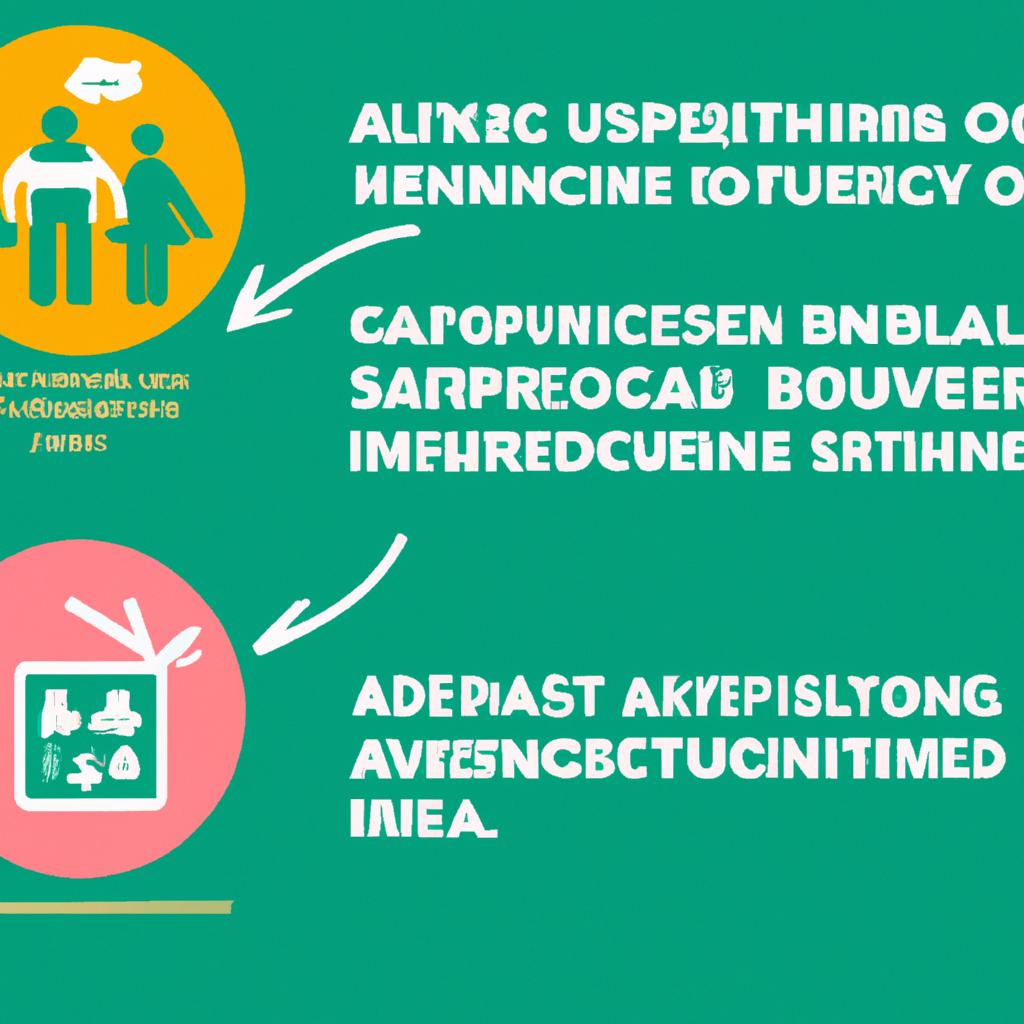Discover the Benefits of Borrowing Goods and Services: A New Trend in Commerce
In a world increasingly driven by sustainability and community engagement, a silent revolution is reshaping the way we perceive ownership and consumption. As traditional paradigms of buying and selling evolve, a growing number of individuals and businesses are embracing the idea of borrowing goods and services as a viable alternative. This trend transcends mere convenience; it heralds a shift towards resourcefulness and a renewed sense of interconnectedness within our communities. In this article, we’ll delve into the myriad benefits of this burgeoning practice—exploring how it not only fosters economic efficiency but also nurtures environmental responsibility and strengthens social bonds. Join us as we discover how borrowing is redefining commerce and enhancing our daily lives in ways that were once unimaginable.
Embracing the Sharing Economy to Maximize Value in Everyday Life
As we navigate the complexities of modern life, many are turning to innovative platforms that allow individuals to share resources, effectively transforming how we view ownership and value. By engaging in this collaborative approach, we can enjoy a multitude of benefits:
- Cost Efficiency: Access goods and services without the financial burden of ownership.
- Environmental Impact: Reduce waste by maximizing the use of existing products.
- Community Building: Foster connections with neighbors and like-minded individuals through shared interests.
- Access to Variety: Experience a wider range of goods than one might typically own or even know about.
With platforms dedicated to facilitating these exchanges, the landscape of commerce is shifting, paving the way for a more sustainable and connected future. On one hand, users can find almost anything they need, from tools to furniture; on the other, they can declutter their spaces and earn some extra cash. It’s a win-win that promotes a sense of community while enhancing personal experiences.
| Benefit | Description |
|---|---|
| Cost Savings | By borrowing instead of buying, you can keep more money in your pocket. |
| Resource Accessibility | No need for large investments on seldom-used items. |
| Skill Sharing | Exchange not just items, but also skills and services. |

Exploring Sustainable Alternatives: How Borrowing Transforms Consumer Behavior
As society increasingly prioritizes sustainability, the shift towards borrowing goods and services is becoming a key player in transforming how consumers perceive ownership and resource utilization. By embracing this paradigm, individuals not only unlock a plethora of benefits but also cultivate a more eco-friendly mindset. Some advantages of borrowing include:
- Reduced Waste: Minimizing the consumption of new products leads to less landfill contribution.
- Cost-Effective Solutions: Borrowing often provides access to high-quality goods and services without the financial strain of purchasing.
- Community Engagement: Borrowing fosters connections and collaboration within local networks, reducing isolation.
Moreover, the borrowing framework challenges traditional consumerism, promoting a culture where shared resources are valued over mere ownership. By opting for borrowing, consumers are actively participating in a sustainable cycle that not only benefits them but also has a positive impact on the environment. Consider the following table that illustrates the resource conservation achieved through borrowing:
| Item Type | Purchasing Impact | Borrowing Impact |
|---|---|---|
| Power Tools | 1 purchase = 5 tools | 1 shared tool = 10+ users |
| Books | 1 book = 1 reader | 1 library book = many readers |
| Camping Gear | Complete set per family | Shared set across families |
Closing Remarks
As we venture forward in this dynamic landscape of commerce, the movement towards borrowing goods and services stands as a testament to our evolving relationship with consumption and sustainability. Embracing this trend not only paves the way for economical advantages but also fosters community connections and responsible resource management. With each borrowed item or shared service, we step closer to a future where collaboration can amplify our collective potential. So, whether you’re considering borrowing a power tool for that weekend project, or tapping into a local service that enriches your community, remember that this shift is more than just a trend—it’s a thoughtful approach to reshaping how we think about ownership and access. As we continue to explore and adapt to this new paradigm, let us be inspired to cultivate a culture of sharing that benefits us all, today and for generations to come.






















